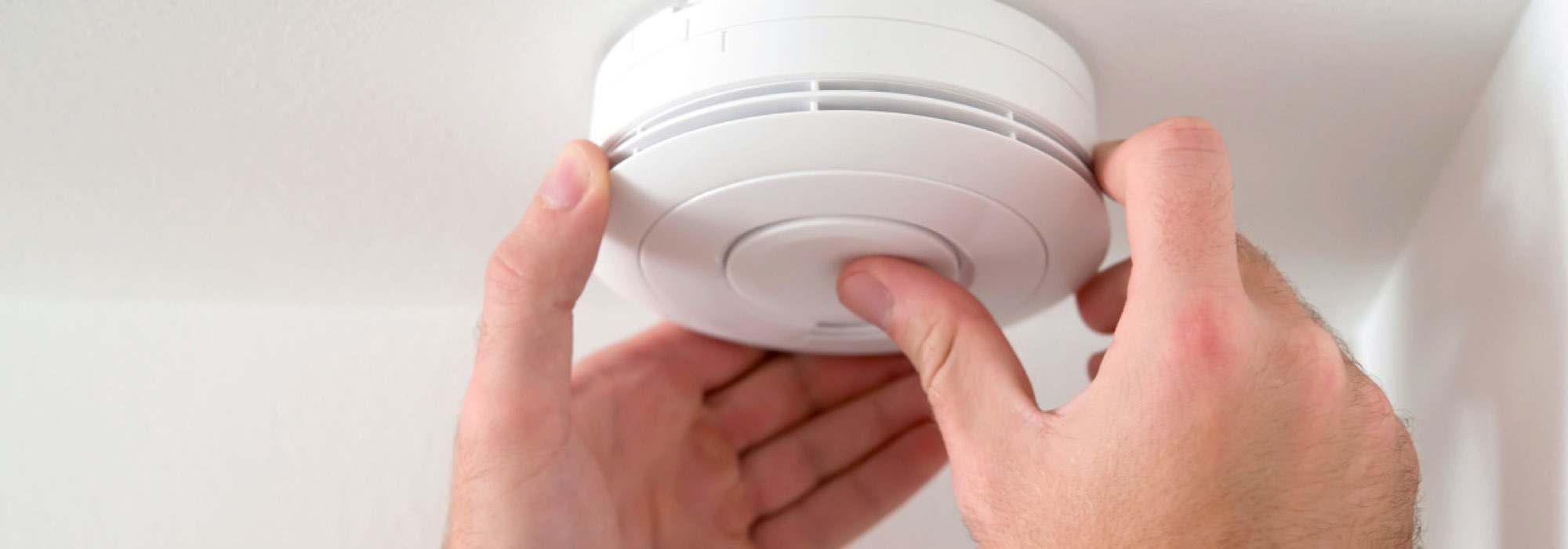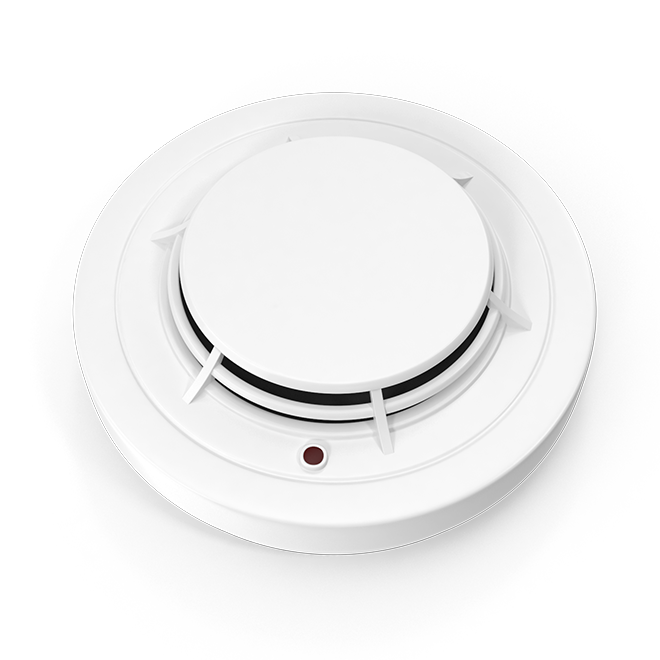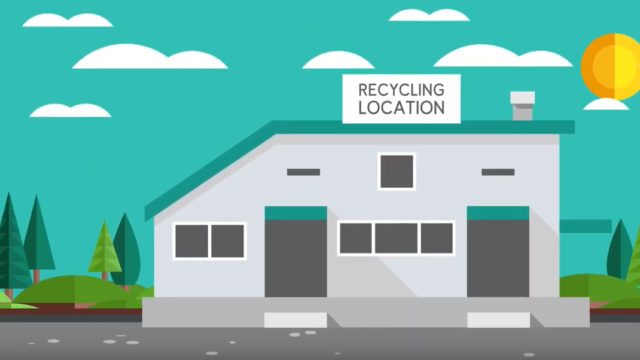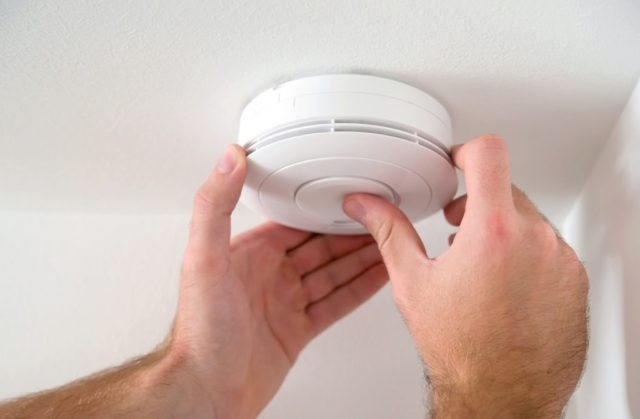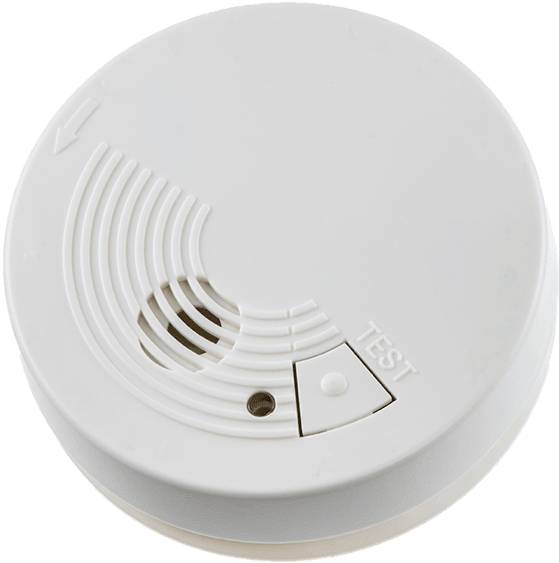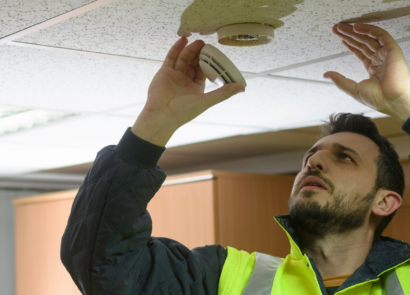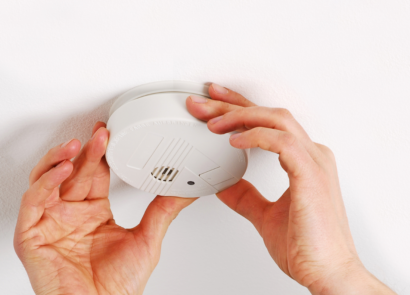Why smoke & CO alarms should be recycled
There are three main types of smoke alarm: photovoltaic smoke alarms and ionization smoke alarms. There are also combination ionization / photoelectric alarms. All three types are accepted by our program.
Smoke alarms that use ionization technology contain a small amount of radioactive material. It is protected behind a layer of metal and cannot harm you as long as it is contained. However, it can be dangerous if not disposed of correctly. In addition, all smoke and carbon monoxide (CO) alarms contain recyclable materials, such as plastic and metal, which can be recycled into new materials instead of taking up unnecessary landfill space.
